What To Do When Your Ship Is Dragging Anchor?
A merchant vessel is said to be having a “dragging anchor” when the vessel drifts without holding power inspite of being anchored. Dragging anchor has been the reason for several accidents such as collision, grounding, or stranding.
Merchant vessels stay at anchorage for various reasons:
- Waiting for berthing prospectus
- Cargo discharge and loading
- For carrying out maintenance , hatch cleaning
- Waiting for Instructions from owners or charters
- Quarantine etc.
The main reason for a vessel dragging its anchor is because of rough weather conditions. In such situations, it is extremely important for seafarers to collect all necessary information to familiarise with the situation and prevent dragging of anchor as much as possible. Some important parameters that needs to be considered are:
- Prevailing weather condition of that particular area
- Safe position for anchoring the vessel
- Wind and tidal behaviour of that area
- Contact information of port authorities in case of assistance required etc.
At most ports, it is inevitable for a vessel to wait at anchorage and the time at anchorage can be for days or even weeks. During such times, the master and ship crew should identify possible dangers to the ship and make all the necessary preparations.
A vessel dragging anchor is a threat to its own and also to other vessels in the vicinity, often leading to an emergency situation such as collision, grounding or stranding, depending on the manoeuvrable condition of the ship.
In such situations, a quick assessment of the situation can only be achieved by a vigilant bridge watch, contingency plan to tackle any emergency, quick response and good judgment of the situation. It may take some time to weigh the anchor and restore the vessel to its full manoeuvrable condition, but no serious accident should happen if there is enough sea room and time to do so.
Following points should be considered by a seafarer prior anchoring where dragging anchor is predicated:
- Take on heavy weather ballast, taking in to account the stability of the vessel and depth of water below the keel
- Pay out more anchor cable depending on the size of the vessel and weather condition
- Keep a safe distance from other anchored ships, shoals and other dangers, leaving room for manoeuvring
- Weigh anchor and shift the vessel to different position away from the vicinity of other vessels, provided prior permission is received from VTS of that area, port authorities and owner’s orders
- Increase the efficiency of the bridge team by adding an extra lookout
- Keep the main engines standby for manoeuvrability
How to assess the vessel is dragging its anchor?
- Check the ship’s position at frequent intervals, to confirm if the vessel is outside the swinging circle. Use all available means, both visual and electronic equipment such as GPS, RADAR and ECDIS, to make the appraisal of the situation. If the vessel deviates from the circle, it is likely to be dragging its anchor
- The bow cannot stand against the wind
- Check anchor chains for slipping, a small pole with a cloth as flag like arrangement can be tied to the links to understand the slipping of anchor chains
- Extra vibration and weight on anchor cable
- Check the speed over ground (SOG) when the vessel is swinging, the SOG can increase variably and this should not be misinterpreted
- Check the course recorder for figure of eight motion locus
- Also monitor the position and distance of vessels nearby. In case if they are dragging counter measures to be taken to safe guard own vessel
What actions to be taken if the vessel has started dragging anchor?
- Master to be informed, do not hesitate to call him at any time of the day, his experience and decision making authority is vital in any give situation
- Inform engine room and start the main engine with the permission from the master and give power to windlass if it is not already given. Make the vessel ready for manoeuvring
- Stop all cargo operations and prepare vessel for manoeuvring. Let go cargo barges and crane barges if they are alongside
- Inform and alert Vessel traffic system (VTS) and other vessels nearby about the condition and inform about the actions taken. Seek permission for re-anchoring
- Start heaving up the anchor and once the vessel’s manoeuvrability is restored, shift the anchorage position where drifting can be safer or take to the open sea
- Deploy more cablse or drop a second anchor (not recommended for big vessels) before the speed of dragging of the vessel increases. This can stop the small vessel from dragging anchor at very early stage before the ship is pressed to leeward side with increasing speed
- Use bow thrusters, main engine and steering to manoeuvre. It becomes more difficult to weigh anchor when the vessel is pressed more to the leeward side and takes considerable amount of time. Use bow thrusters for stemming the wind. Do not override the anchor especially in shallow waters as the vessel may impact on the anchor during pitching.
- If the scenario permits, let the vessel drag in a controlled manner. But this is not recommended in areas where offshore work such as oil and gas operations are being carried out, which can result in damaging the submerged pipe lines, cables etc.
- Release the bitter end and let go the anchor completely, when weighing of anchor is not possible. A ship without minimum of 2 anchors is not considered to be sea worthy, a careful assessment is to be made prior making this decision
- Call (tugs) for assistance. This is possible only if the weather permits
Most accidents collision or grounding happens while the vessel is at anchor mainly because of no early prediction of dragging anchor. Time plays a vital role in area of high vessel density and this time lapse results in difficulty in restoring the manoeuvrability of the vessel. Ensure that proper contingency plan is set in place to control such incidents and avoid arising of any emergency due to dragging anchor.
Over to you..
Do you think this article need additional points?
Let’s know in the comments below.
Do you have info to share with us ? Suggest a correction
Latest Marine Navigation Articles You Would Like:
Subscribe To Our Newsletters
By subscribing, you agree to our Privacy Policy and may receive occasional deal communications; you can unsubscribe anytime.



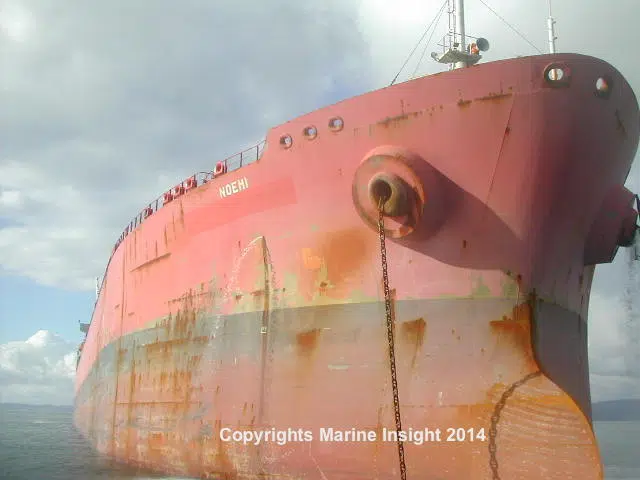
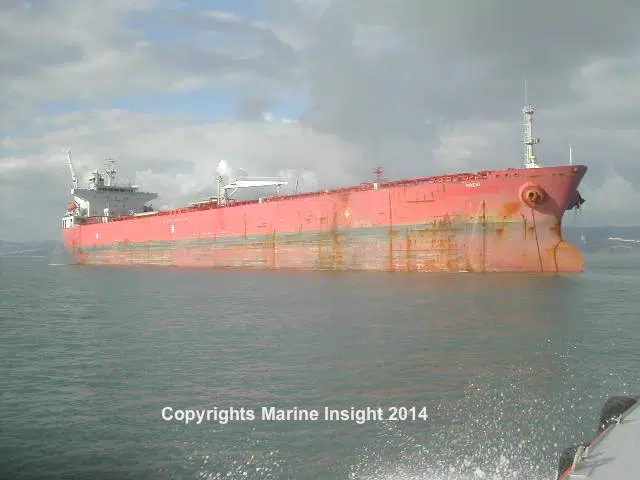
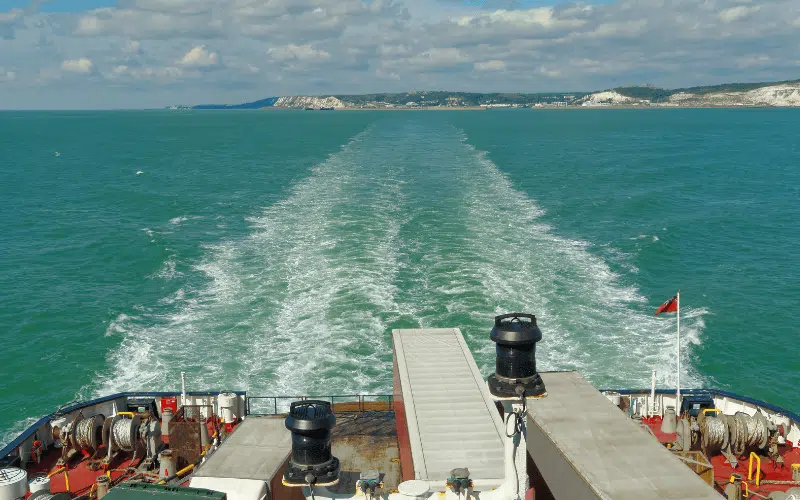
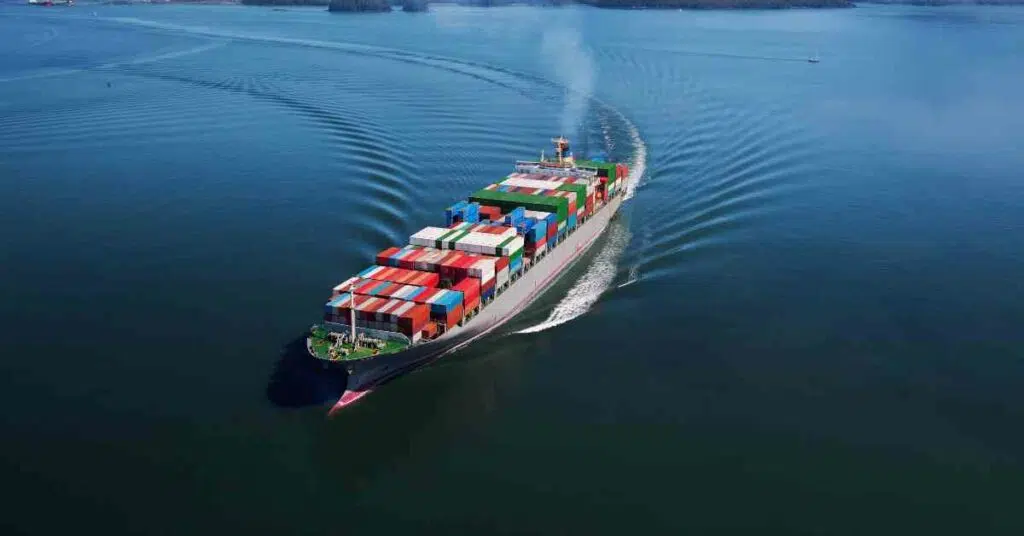
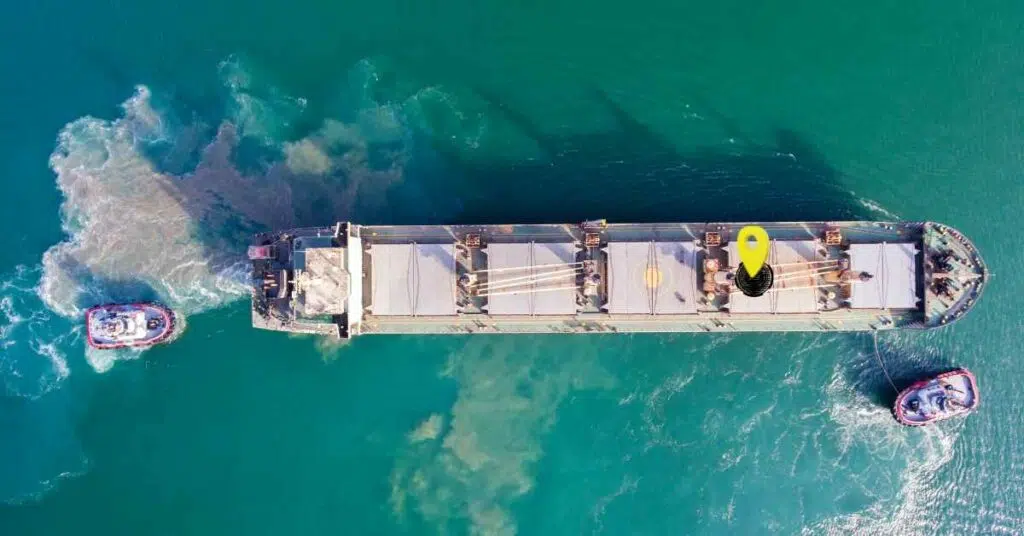
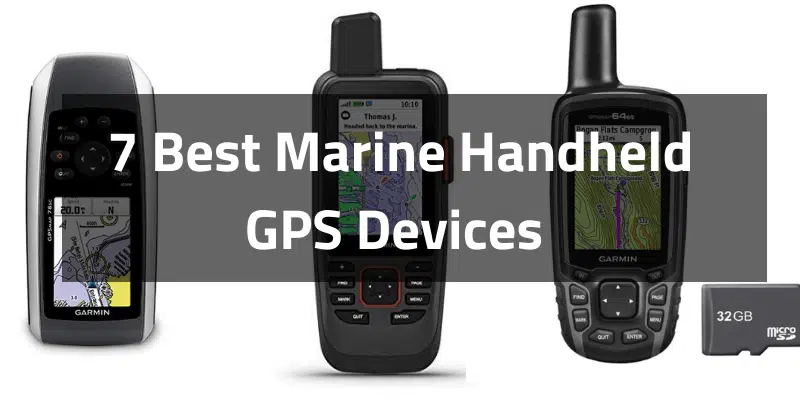
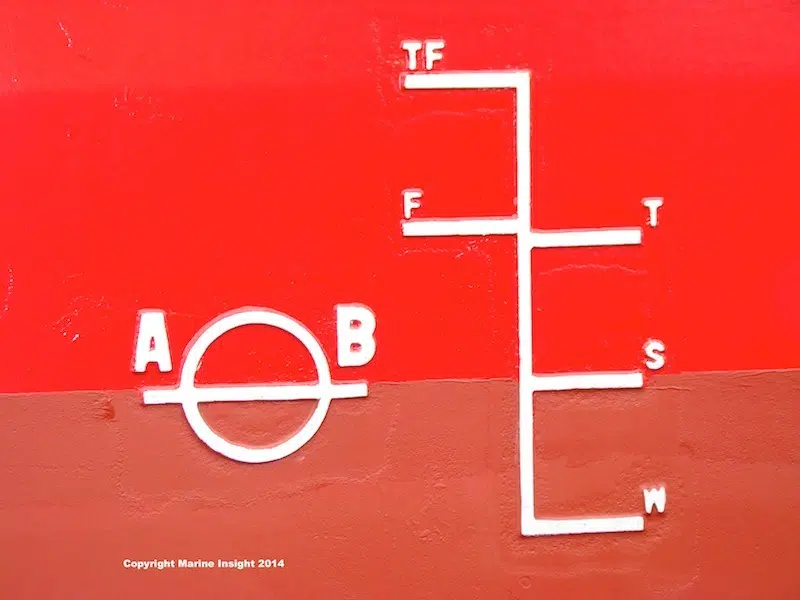
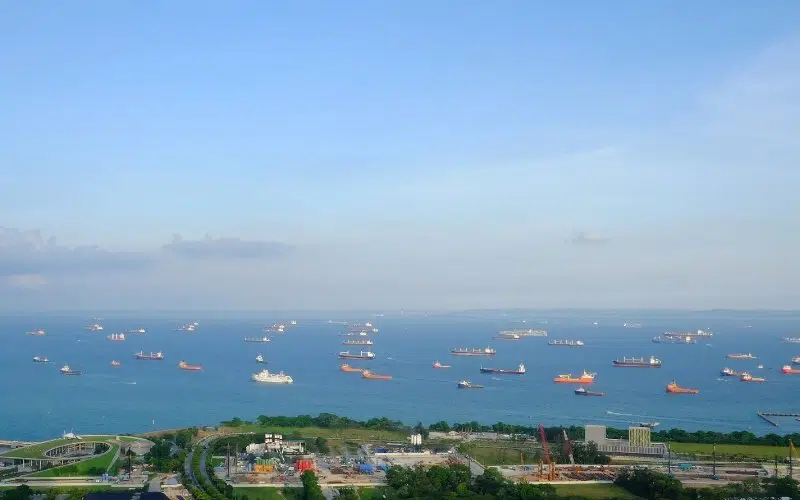

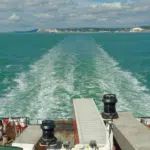
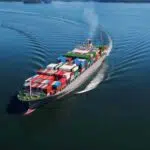
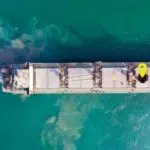
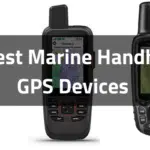


i have alot to discuss with you as a prospective seafearer am on lookout for exprience sailors like you please,,email me
above info is very nice to know, thanks, hope I can get a copy above or some other related ships topic to my email….good luck….
You forgot, if all else fails, call in the KRACKEN!!!!!!!!
Very good advice. The bottom line is that once the anchor drags and the weather persists , action MUST be taken. Most vessels will be broadside to the wind when dragging. No need to wonder if you have moved when this happens.
Hye this article is very informative…bt how if other vessel ahead of us dragging anchor and coming closer to my bow…both my vessel at anchor n the other vessel engine is overhaul,..what action can be take to minimize the impact
Dear Natasha sharma, your question is a realistic situation that many have been confronted with.
I guess in such a situation, you must start your engines and deliberately drag your anchor carefully away from the vessel in queation until you are well clear and safe to heave up and re-anchor.
The boat on picture is: Knock Nevis ?
Thank You.
so,our vessel is totaly black out and like this death vessel. how to take action ?
on what you depend to decide how many shackels to drop? if on the length of the ship…so what is the equation?
IN ANY EVENT, BEFORE THE WEATHER STARTS TO GET NASTY, PREPARE THE MAIN ENGINE, LEAVE THE ANCHORAGE AND EITHER
SLOW STEAM OR DRIFT OUT AT SEA. THIS IS
WHAT I USED TO DO !!!
Really tt is a good article. when at anchor it’s a good practice to switch to RADAR anchoring function which most of the seafaires don’t use. when the guard zons are active it will give us a early warning of anchor dragging.
am an experince able seaman, with alot of experience,which I have work with a multinational company, incase of any job vacancies pls inbox me.innocentaso4u@yahoo.com,
Nice article sir..i would like to request that could u more clarify about wat all lights vessel should show when vl starts dragging anchor..thank u!!!
Sir good day!
Please help me how to report the anchor loss to the water while berthing and port side anchor all quick release to the water?
Thanks..
Quirino
You need to submit property loss report to the company
Keep your bridge VHF radio volume turned up so you can hear L&C thru entire wheelhouse. Often VTS can tell you are if you dragging the hook before anybody on board notices
Old salt here, submarine sailor for years.
Love reading ‘marine insight’. I have to say on my old cold war submarine, we never dropped anchor. Thanks for the article, stuff I had not thought of.